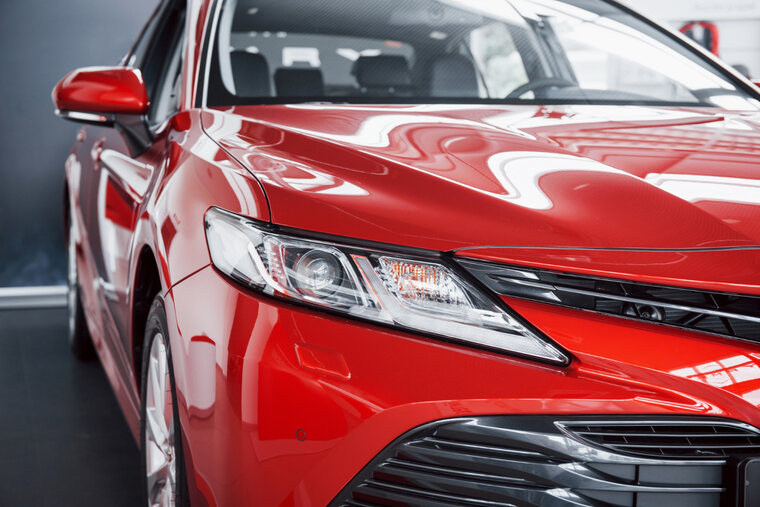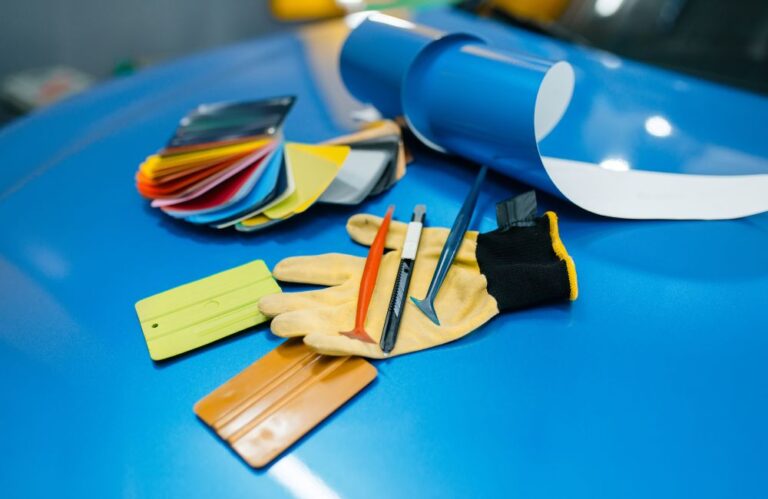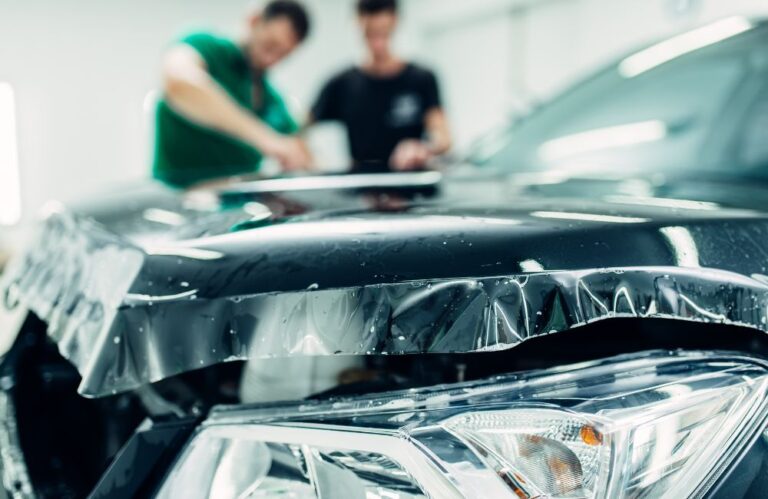Your car is more than just a mode of transportation; it’s a reflection of your personality and style. Preserving its beauty and protecting it from the elements is a top priority for any car owner. If you’re considering a new paint job, XPEL PPF (Paint Protection Film) offers an exceptional solution to safeguard your car’s exterior. In this article, we’ll explore the signs that indicate it’s time for a new paint job with the finest XPEL PPF experts, ensuring your car stays stunningly protected and looks its best.
1. Fading and Discoloration
One of the most evident signs that your car needs a new paint job with the finest XPEL PPF experts is fading and discoloration. This is usually caused by continuous exposure to sunlight, harsh weather conditions, pollutants, and other environmental factors. Over time, the paint on your car’s exterior can lose its original vibrancy and become noticeably dull. The intense UV rays from the sun can break down the paint pigments, causing them to fade and lose their color intensity. Additionally, pollutants in the air can settle on the surface of the paint, leading to discoloration and a lackluster appearance.
How to Check for These Damages
According to the finest XPEL PPF experts in New York City, NY, you should always check your car for these signs of fading and discoloration:
1. Dull Appearance
As your car’s paint ages, it may lose its natural shine and gloss, appearing lackluster and dull. Continuous exposure to UV rays, pollutants, and other environmental factors can gradually strip away the paint’s vibrancy. A new paint job with the best XPEL PPF experts can revitalize your car’s appearance by adding a fresh layer of protective film with a glossy finish. The XPEL PPF not only enhances the aesthetics but also guards against fading and discoloration, giving your car a renewed, eye-catching shine.
2. Patches of Fade
If you notice variations or patches in the color of your car’s paint, it is a clear indication of fading or discoloration. These inconsistencies can be caused by uneven exposure to sunlight or chemical reactions. XPEL PPF experts’ paint jobs offer an opportunity to correct these color discrepancies and restore a uniform, flawless appearance. The film’s high-quality pigment ensures that your car’s color remains consistent throughout, resulting in a stunning and cohesive look.
3. Sun-Exposed Areas
Certain areas of your car, such as the hood, roof, and trunk, bear the brunt of direct sunlight. These sun-exposed regions are particularly susceptible to fading and discoloration due to the damaging effects of UV rays. The best XPEL PPF experts’ paint job provides an added layer of UV resistance, safeguarding your car’s paint from the sun’s harmful rays. By protecting these vulnerable areas, the film helps maintain the original color integrity, preventing fading and ensuring that your car’s appearance remains vibrant and true to its original shade.
4. Yellow or Brownish Tints
In urban environments with high pollution levels, airborne contaminants such as smog, industrial emissions, and road debris can settle on your car’s surface and cause discoloration. Over time, these pollutants can create a yellowish or brownish tint on the paint, marring its original color and finish. A new XPEL PPF experts paint job effectively removes the discoloration by providing a fresh layer of protective film, restoring the vibrant and untainted appearance of your car.
5. Color Inconsistency
If you notice variations in color or inconsistent hues across different panels or sections of your car, it indicates fading or discoloration. This can happen due to uneven exposure to sunlight, weathering, or previous paint touch-ups that did not perfectly match the original color. Opting for a new paint job with XPEL PPF experts ensures a uniform and consistent color across the entire vehicle, eliminating any discrepancies and achieving a seamless and visually appealing look.
6. Loss of Gloss
Fading and discoloration often lead to a loss of the paint’s natural gloss and shine. The paint may appear lackluster and matte instead of the glossy finish it once had. This diminished glossiness can significantly impact your car’s overall aesthetic appeal. By choosing a new paint job with XPEL PPF experts in New York City, NY, you can restore the gloss and shine of your car’s exterior, giving it a fresh and showroom-like appearance that turns heads on the road.
2. Scratches and Swirl Marks
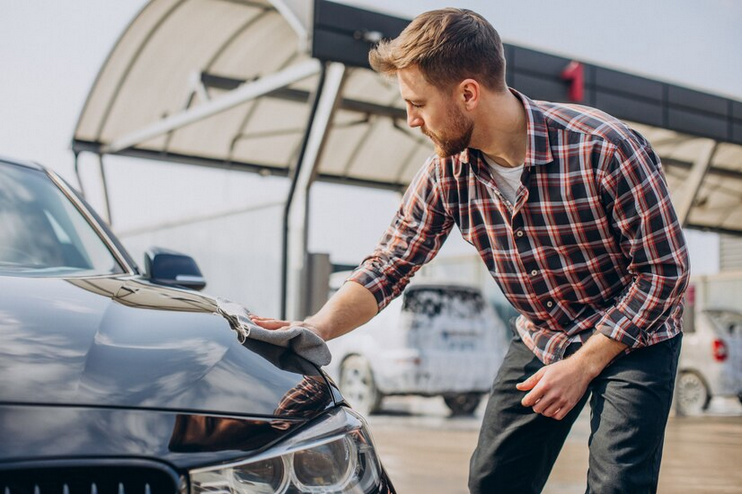
Everyday use exposes your car’s exterior to various hazards, resulting in scratches and swirl marks. These blemishes not only destroy the appearance of your vehicle but also leave the paint vulnerable to further damage. If your car has accumulated numerous scratches or significant imperfections that compromise its overall appearance, it’s an indication that a new paint job with the best XPEL PPF experts is needed to eliminate these flaws and provide a flawless surface.
How to Check for These Damages
The best XPEL PPF experts in New York City, NY, recommend these approaches to check your car for scratches and swirl marks:
1. Proper Lighting
When checking your car for scratches and swirl marks, it’s essential to have proper lighting to ensure a thorough inspection. Natural daylight is the best light source, as it provides a clear and accurate view of the paint’s surface. If daylight is unavailable or insufficient, you can use a bright LED flashlight or work in a well-lit area. Adequate lighting helps highlight even the faintest scratches and swirl marks, making them more visible and easier to detect.
2. Clean the Surface
Before beginning the inspection, it’s crucial to clean your car’s surface to remove any dirt, dust, or debris that may obscure scratches or swirl marks. Use a gentle car shampoo and a microfiber wash mitt to thoroughly wash the exterior. This step not only removes contaminants but also ensures a smooth and clear surface for accurate inspection. By starting with a clean surface, you can better distinguish imperfections from surface grime, allowing you to identify and assess scratches and swirl marks more effectively.
3. Methodical Visual Inspection
Once the surface is clean, proceed with a methodical visual inspection. Start at one end of the car, such as the hood or front bumper, and systematically examine each panel individually. Take your time and inspect the paintwork from different angles to catch any scratches or swirl marks that might be hidden under specific lighting conditions. Look closely for any irregularities, lines, or circular patterns that indicate the presence of these blemishes. By following a systematic approach, you can ensure thorough coverage and minimize the chance of overlooking any imperfections.
During visual inspection, pay extra attention to areas that are more prone to scratches and swirl marks, such as the lower portions of the car’s body, door handles, or areas around the trunk. These areas often come into contact with objects that can cause damage, making them more susceptible to blemishes. By meticulously examining each panel, you can identify any significant imperfections that compromise the overall appearance of your vehicle.
4. Fingertip Inspection
In addition to visual inspection, a fingertip inspection is a valuable technique to detect minor scratches and swirl marks on your car’s surface. With clean hands, gently run your fingertips across the paintwork. This tactile approach allows you to feel any irregularities or texture variations caused by blemishes. Your fingertips are sensitive and can detect even subtle imperfections that may not be immediately visible to the naked eye. Be sure to apply light pressure to avoid further damaging the paint. By combining a visual inspection with a tactile examination, you can achieve a comprehensive assessment of your car’s surface condition and accurately identify any scratches or swirl marks that require attention.
5. Reflective Surfaces
When checking your car for scratches and swirl marks, it’s essential to pay close attention to reflective surfaces. These include areas like the doors, fenders, or trunk, where the paintwork creates reflective properties. Scratches and swirl marks tend to stand out more prominently on these surfaces due to the way light interacts with the paint. By moving around the car and observing these reflective areas from different angles, you can catch any subtle imperfections that may be less noticeable on non-reflective surfaces. The changing reflections of light can highlight even the smallest blemishes, enabling you to accurately assess the extent of damage and determine the need for a new paint job with the best XPEL PPF experts.
3. Rock Chips and Road Debris
Driving on highways and roads increases the risk of rock chips and damage from road debris. These impacts can chip away the paint and expose the underlying metal to rust and corrosion. If you notice an accumulation of rock chips or damage from road debris on your car’s surface, it’s a sign that a new paint job with XPEL PPF experts is necessary to provide a protective barrier against such hazards and maintain the beauty of your vehicle.
How to Check for These Damages
The finest XPEL PPF experts in New York City, NY, recommend these approaches to check your car for rock chips and road debris damage:
1. Thorough Exterior Inspection
When checking your car for rock chips and road debris damage, it’s important to conduct a thorough exterior inspection. Begin by visually examining your car’s surface, panel by panel, paying close attention to areas that are more prone to impacts, such as the front end. Look for marks that indicate the presence of rock chips or debris damage. Take your time and inspect the entire exterior of your vehicle to ensure that no potential damage goes unnoticed. Visible exterior damage is a clear sign that your car needs a new paint job with the best XPEL PPF experts.
2. Focus on Lower Panels
Lower panels, such as the rocker panels and lower door edges, are particularly vulnerable to rock chips and debris damage. As they are closer to the road surface, they are more likely to come into contact with rocks, gravel, and other debris kicked up from the road. Direct your attention to these areas during the inspection, looking for any visible signs of impact, including scratches, dents, or missing paint. Identifying any damage in these lower panels is crucial for assessing if you need a new paint job with the best XPEL PPF experts.
3. Check for Exposed Metal
During the inspection, be on the lookout for any areas where the paint has chipped away due to rock chips or debris impact. These areas may reveal exposed metal, which is a clear indication that the protective paint layer has been compromised. The exposed metal is highly susceptible to rust and corrosion, and if left untreated, it can lead to more significant damage. It is essential to address these areas promptly to prevent further deterioration and maintain the overall integrity of your car’s exterior.
4. Utilize Light and Magnification
To thoroughly assess your car for smaller rock chips or road debris damage, it can be helpful to utilize bright lighting and magnification. A bright light source, such as a flashlight, helps illuminate the surface and enhances visibility. Move the light at different angles across the car’s exterior to identify any potential imperfections. Additionally, using a magnifying glass can further aid in identifying even the tiniest chips or scratches that may be difficult to see with the naked eye alone. This combination of light and magnification allows for a more detailed inspection and helps assess if you may need a new paint job with the best XPEL PPF experts.
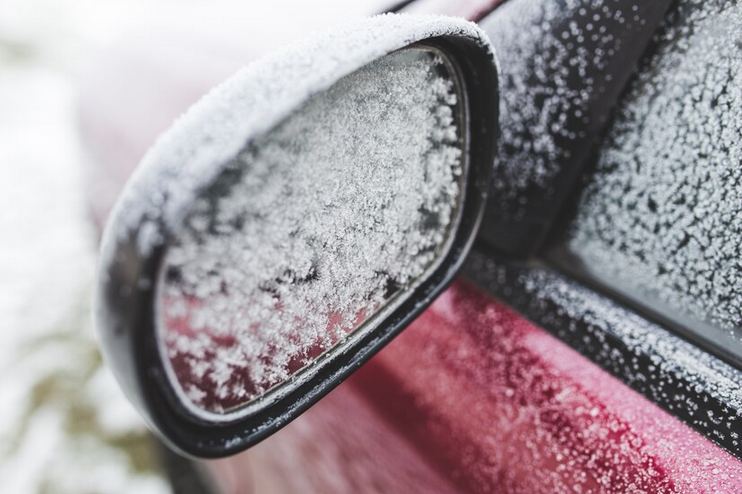
4. Oxidation and Weathering
Over time, exposure to the elements can lead to oxidation and weathering of your car’s paint. Oxidation causes the paint to appear dull, hazy, or chalky, robbing it of its original shine and luster. If your car’s paint has lost its vibrant appearance and shows signs of oxidation, it’s a clear indication that a new paint job with the best XPEL PPF experts is required to restore its glossy finish and protect it from further weathering.
How to Check for These Damages
The finest XPEL PPF experts in New York City, NY, recommend these steps in inspecting your car paint for oxidation and weathering:
1. Chalky or Powdery Texture
When paint undergoes oxidation, it can develop a chalky or powdery texture. The surface may feel rough and gritty to the touch, almost like a fine powder has settled on top. This texture is a result of the chemical breakdown of the paint due to prolonged exposure to environmental factors such as sunlight, moisture, and pollutants. The oxidized layer forms on the surface, giving it a deteriorated and degraded appearance. To restore the smoothness and luster of the paint, a new paint job with XPEL PPF experts is necessary to remove the oxidized layer and provide a fresh protective coating.
2. Surface Roughness or Texture Irregularities
Oxidation can lead to surface roughness and irregularities in the paint. As the paint deteriorates, it may develop small bumps, ridges, or uneven areas on the surface. These irregularities can disrupt the smoothness and uniformity of the paint’s appearance, detracting from the overall aesthetic appeal of the car. A new paint job with XPEL PPF experts can address these texture issues by providing a fresh layer of protective film that smooths out the surface and creates a flawless finish. The film’s self-healing properties also help minimize the appearance of any minor surface imperfections.
3. Loss of Protective Clear Coat
Oxidation can cause the protective clear coat, which is typically applied on top of the paint, to deteriorate and wear away. The clear coat serves as a barrier, shielding the paint from harmful UV rays, moisture, and contaminants. When the clear coat degrades, the underlying paint becomes more susceptible to damage, including fading, discoloration, and further oxidation. By applying for a new paint job with XPEL PPF experts, the protective film acts as a replacement for the lost clear coat, providing a durable and resilient barrier that safeguards the paint from environmental hazards and preserves its original appearance.
4. Check for Visible Rust
Inspect your car’s exterior carefully for any signs of visible rust. Rust occurs when metal is exposed to moisture and oxygen over time, leading to corrosion and damage. If you notice any areas with reddish-brown spots or bubbling paint, it indicates that rust has formed beneath the surface. Rust can compromise the structural integrity of your car and spread if left untreated. In such cases, a new paint job with XPEL PPF experts is necessary to not only restore the appearance of your car but also provide a protective barrier against further rusting.
Need a New Paint Job? Trust The Finest XPEL PPF Experts in New York City, NY
When you choose Car Wrap – Illmatic Wraps, you’re not just getting a beautiful car wrap; you’re investing in the long-term protection of your vehicle. XPEL PPF acts as an invisible shield, safeguarding your paint from scratches, chips, fading, and other environmental hazards. The film’s self-healing properties even enable it to repair minor scratches automatically, ensuring your car stays flawless for years to come. When it comes to car wraps and XPEL PPF experts in NYC, there’s only one name you need to know: Car Wrap – Illmatic Wraps.
Contact us today to schedule a consultation and experience the unparalleled expertise of our XPEL PPF experts. Let us transform your vehicle into a head-turning masterpiece that combines style and protection like never before.

